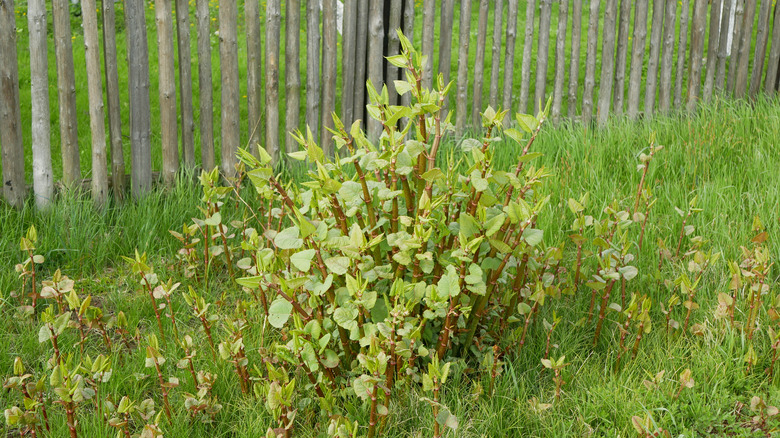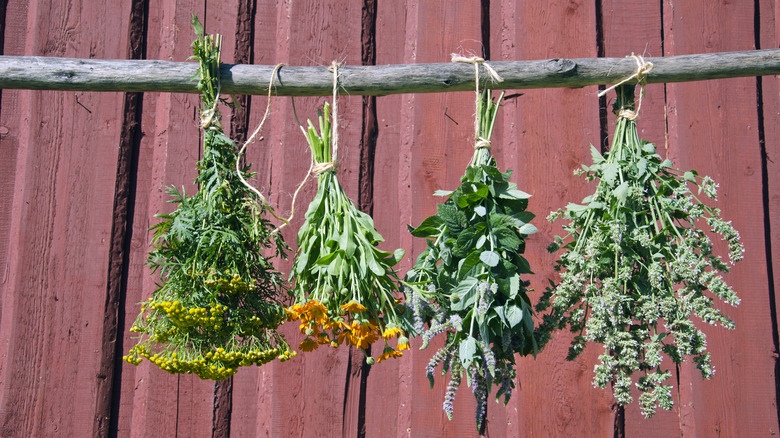Composting is a great way to improve the quality of life for your plants. Using organic matter can increase the health of the soil, help the ground preserve water, and control pests. Fortunately, all you need for your backyard compost pile is scraps. Dry leaves, grass clippings, crushed eggshells, and unwanted weeds are a few things that can decompose into sweet treats for the soil. However, there are some weeds you shouldn’t throw in your compost bin.
You don’t have to worry about common unseeded weeds like crabgrass and clover as they will break down into nutrients just fine. It’s the aggressive or invasive weeds that are a problem for your compost. Some species have durable roots and quick-producing seeds that can survive the decomposition process. That means when you add your DIY compost to your garden, you could unintentionally sew weeds that are sure to take over your yard. Here are a few unwanted plants to look out for.
Don’t throw invasive weeds in your compost bin

Japanese knotweed is a hardy weed that can easily take over your garden with its 9-feet tall vines. Their seeds spread through rhizomes in the soil, and you’ll only be breeding more knotweed if you add these plants to your compost bin. The same goes for bindweed; it can even take root inside your compost pile and grow through turf. Couch grass is another plant that won’t decompose and can regrow when you mix the compost in your garden.
Despite its vibrant yellow flowers, the creeping buttercup is an invasive weed, too. And since its blossoms are toxic to animals and its sap can irritate the skin, it’s best not to have it around either. Horsetail, Canada thistle, giant hogweed, and bittercress are a few other plants that will persevere in the compost bin only to invade your garden instead of adding nutrients to its soil. The easiest way to deal with this stubborn greenery is to discard it in the trash. However, there is also a method for turning these particular weeds into useful organic matter for your garden. It just requires a few extra steps than regular composting.
How to compost invasive weeds properly

While you shouldn’t throw invasive weeds into your compost bin, you can prep them for decomposition by turning them from green to brown — aka, killing them. It’s not as heinous as it seems, but the invasive weeds have to die before they are mixed in with the other decomposed scraps to prevent their roots from grounding or seeds from sprouting in the pile.
First, pick the weeds when they are young and don’t have deep roots or seed heads — you shouldn’t compost weeds that are post-flowering even if they aren’t aggressive. Next, dry the picked plants in the sun until they shrivel and turn brown. Then, you can add them to your compost. Another method is drowning the invasive plant by steeping the weeds in rainwater for a few weeks. Once the plant dies, you can throw the solid parts in your compost bin and use the water as a DIY liquid fertilizer. After processing the weeds, they shouldn’t be a threat to your compost bin.



